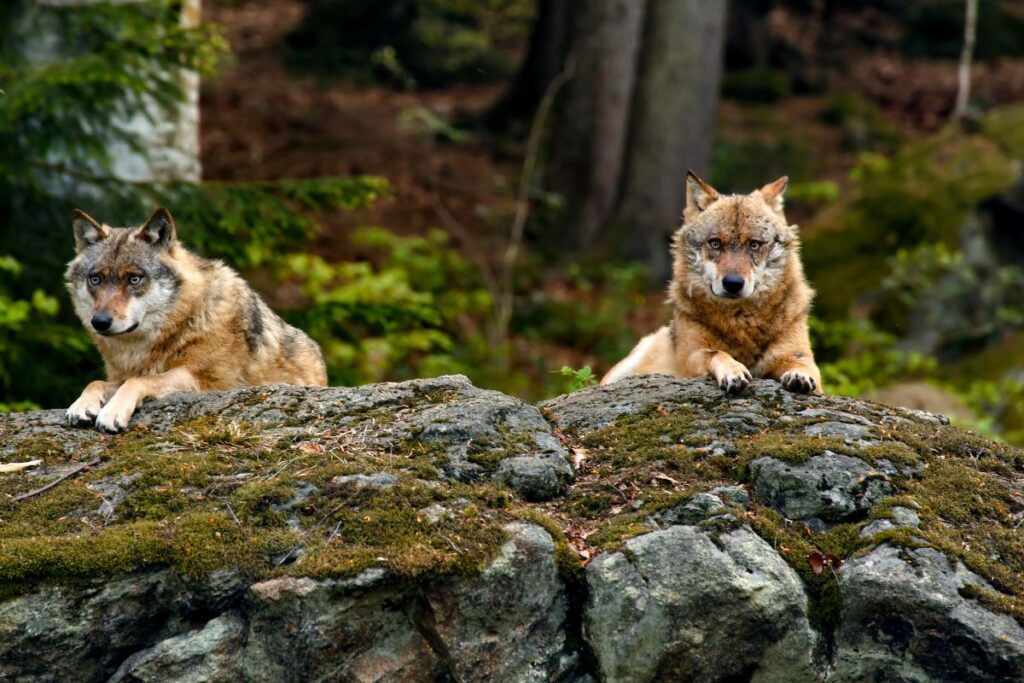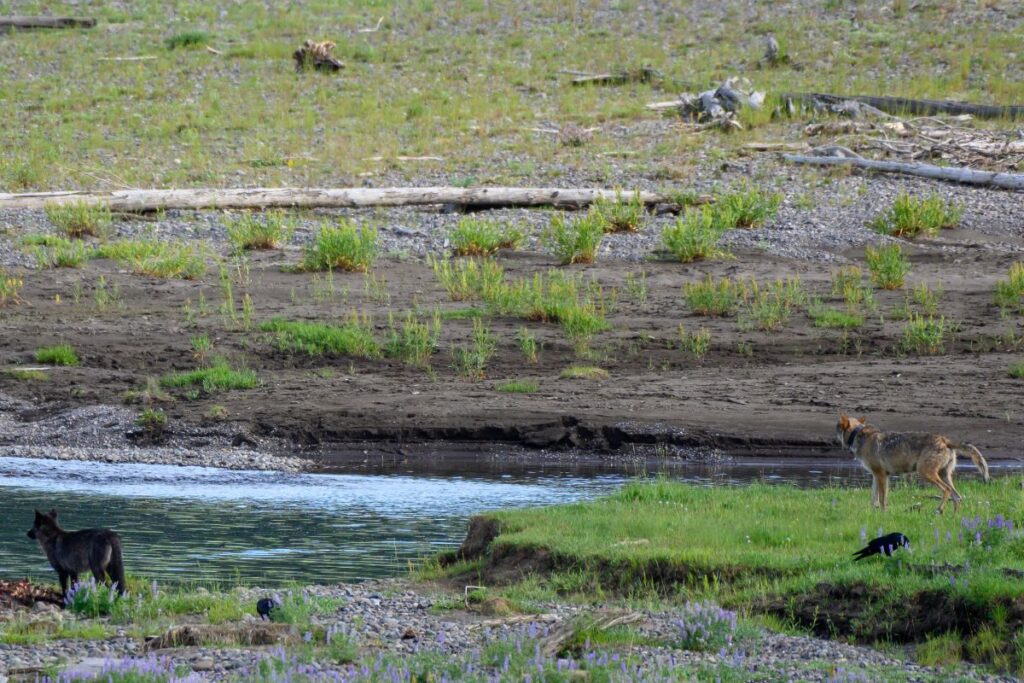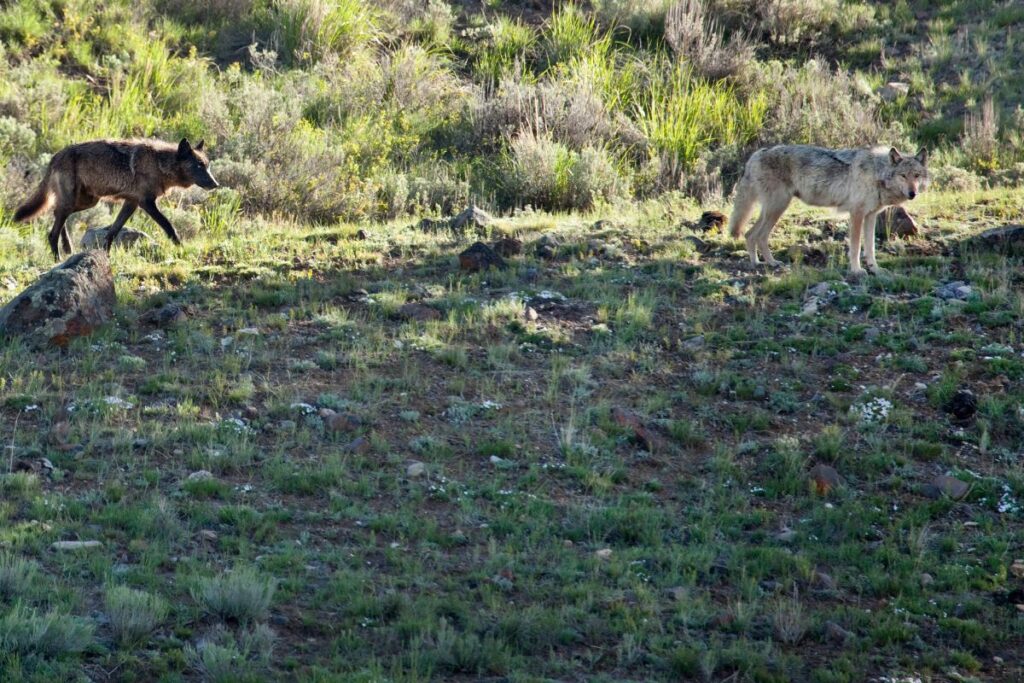
Washington State offers a unique case study in balancing wildlife conservation with rural livelihoods. Despite controversies surrounding wolf management, the state has forged a path that emphasizes collaboration, respect, and practical solutions. This approach highlights a success story of coexistence worth replicating elsewhere.
The Surprising Haven for Wolves

Washington may not seem like an ideal home for gray wolves, given the state’s history of harmful wolf management. The lethal removal of wolves from the Smackout pack due to livestock attacks in 2017 fuels this perception. However, a deeper look reveals a more nuanced and hopeful story.
Rapid Wolf Recovery

The first wolf pack was documented in Washington in 2008, and since then, the population has grown dramatically. With over 20 confirmed packs and at least 120 wolves, their numbers are increasing by more than 25% annually. These adaptable animals thrive when left undisturbed, spreading west and south from their initial stronghold in the northeast.
The Key to Coexistence: Public Support

Ensuring a future for wolves hinges on maintaining public support and minimizing conflict. This means finding ways for wolves and ranchers to coexist. Without such efforts, the delicate balance could tip, threatening both the wolf population and rural communities.
Collaborative Efforts in Washington

Washington has pioneered a model of coexistence by bringing together diverse stakeholders. Nearly 100 ranchers and farmers signed agreements to use deterrence measures—like range riding and guard dogs—to prevent conflicts with wolves. This cooperative approach has proven more effective than adversarial tactics.
Moving Beyond Conflict

Some conservation groups rely on lawsuits and media campaigns to protect wolves. However, Washington’s experience shows that cooperation and compromise create a stronger foundation for long-term success. This method also respects the needs and concerns of rural communities.
Challenges and Realities

Despite the progress, coexistence isn’t always easy. Since 2012, five severe conflicts led to the removal of wolves. While difficult, lethal management is sometimes necessary to protect livestock and maintain public support. This reality is part of a balanced conservation strategy.
Clear Policies and Stakeholder Trust

The Wolf Advisory Group, representing diverse interests, ensures clear policies for managing wolf conflicts. This transparency encourages participation and builds trust among stakeholders. Accepting lethal removal as a last resort, while painful, provides stability and predictability.
Comparisons with Other States

In contrast, states like Montana, Idaho, and Wyoming face higher wolf mortality rates, with more than 20% of their wolf populations killed annually. These frequent killings rarely make headlines, contributing to a cycle of conflict and distrust.
Avoiding Polarization

Some activists use wolf controversies to raise broader issues, such as public land grazing. However, delaying conservation efforts for these debates would leave wolf packs vulnerable. Polarizing tactics can fuel rural resentment and increase the risk of poaching.
Integrity in Implementation

Key stakeholders in Washington—conservationists, ranchers, and hunters—oversee the policies they helped develop. This collaborative spirit is rare and invaluable in today’s divided climate. It exemplifies how integrity and cooperation can lead to practical solutions.
A Broader Conservation Success

The return of the wolf is part of a larger trend in wildlife recovery across the American West. However, true success requires buy-in from local communities. Building understanding and compromise is essential for lasting conservation achievements.
Lessons for the Future

Washington’s model demonstrates that coexistence is possible with respect, dialogue, and collaboration. By working together, stakeholders create healthier ecosystems and more resilient rural communities. This approach provides a roadmap for other regions facing similar challenges.
Stay connected with us for more stories like this! Follow us to get the latest updates or hit the Follow button at the top of this article, and let us know what you think by leaving your feedback below. We’d love to hear from you!







